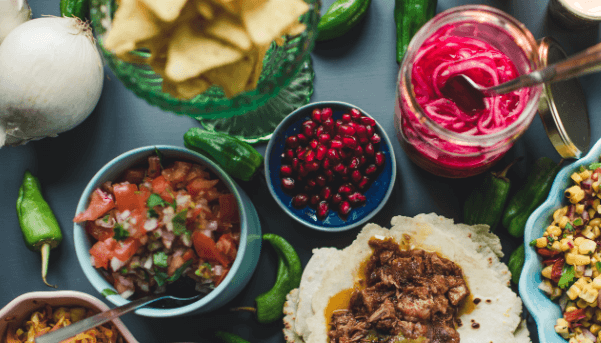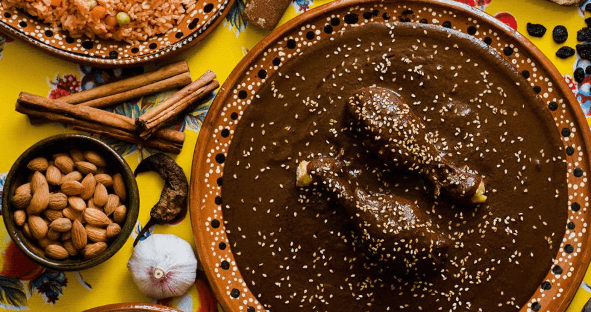Food:4qjrl4vewou= Mexico

Mexican cuisine offers a profound exploration of cultural identity, with each region presenting its own unique specialties that contribute to the national mosaic. The interplay between indigenous ingredients and European influences creates a culinary landscape rich in history and flavor. Traditional techniques, such as the preparation of tortillas on a comal,Food:4qjrl4vewou= Mexico highlight the artistry involved in these age-old practices. As we examine the evolution of Mexican dining—from humble street food to sophisticated culinary experiences—one must consider how these elements harmonize to forge a distinct gastronomic narrative that continues to captivate. What might this mean for the future of Mexican cuisine?
Regional Specialties of Mexico
When exploring the culinary landscape of Mexico, one is immediately struck by the rich tapestry of regional specialties that reflect the country’s diverse geography, climate, and cultural heritage.
Among these, mole varieties stand out, with each region proudly presenting its unique blend of ingredients and flavors.
Read also Aesthetic:1cnwsfm_Gus= Rain
Additionally, taco styles vary dramatically, from the simple street fare to gourmet interpretations, showcasing Mexico’s innovative spirit and tradition.
Traditional Cooking Techniques
Traditional cooking techniques in Mexico are often characterized by their deep-rooted practices that have been passed down through generations.
Central to this culinary heritage are mole preparation and tortilla making. The meticulous process of crafting mole, blending various ingredients, showcases the artistry of flavor, while handmade tortillas, cooked on a comal, serve as the foundation for countless dishes, Food:4qjrl4vewou= Mexicoembodying the essence of Mexican cuisine.
Influences on Mexican Cuisine
The rich tapestry of Mexican cuisine is woven from a multitude of influences, reflecting the country’s diverse cultural heritage.
Its culinary history showcases the fusion Food:4qjrl4vewou= Mexicoof indigenous ingredients and European techniques, creating a vibrant palette of flavors.
Read also Aesthetic:1din2lmrnh8= Spring Background
Ingredient diversity, including corn, beans, and chilies, enhances this dynamic cuisine, celebrating the freedom of expression in every dish, and inviting culinary exploration.

Modern Mexican Dining Experiences
Modern Mexican dining experiences have evolved into a captivating blend of innovation and tradition, showcasing the country’s culinary artistry in dynamic settings.
Chefs artfully combine fusion flavors with local ingredients, crafting dishes that tantalize the palate. Contemporary presentations elevate classic recipes, Food:4qjrl4vewou= Mexicoinviting diners to explore the vibrant essence of Mexico.
These experiences highlight a commitment to creativity and authenticity, redefining how we savor this rich cuisine.
Conclusion
In conclusion, the culinary landscape of Mexico serves as a vibrant canvas, intricately painted with rich flavors and diverse traditions. Each dish tells a story, echoing the harmonious blend of indigenous ingredients and European influences, while traditional cooking techniques preserve the essence of authenticity. As modern dining experiences emerge, they breathe new life into classic recipes, inviting exploration of Mexico’s gastronomic heritage. Ultimately, this dynamic interplay of tradition and innovation encapsulates the enduring spirit of Mexican cuisine.







